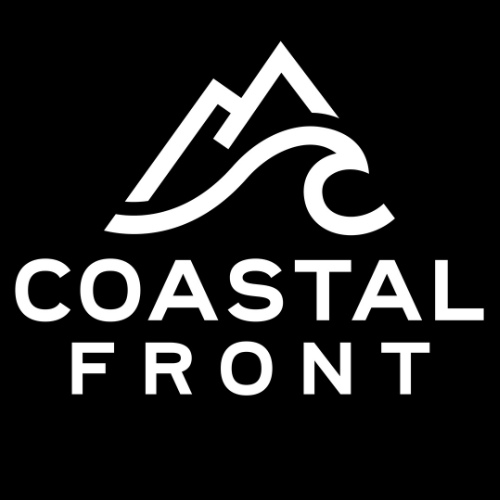BC bills Ottawa for illegal drug lab cleanup
Courtesy of the RCMP
In May, BC Minister of Public Safety and Solicitor General, Nina Krieger, wrote a letter to the federal government, asking for financial assistance in cleaning up illegal fentanyl and methamphetamine labs uncovered in recent months.
This has prompted discussion and closer inspection on the role of both federal and provincial governments in policing illicit drugs in Canada, and who has responsibility over the various aspects of its enforcement.
The Vancouver Sun recently revealed that the RCMP program in BC has been billed $3.6 million for removing deadly chemicals left in illegal drug labs across the province. A spokesperson for the RCMP said that this would have to come out of the operational budget, which would lead to less funding for investigations in the province.
This concern that the drug cleanup would detract from local investigations had prompted Minister Krieger to send the letter requesting alternative sources of funding from Health Canada.
Division of responsibility
Courtesy of the RCMP
Coastal Front reached out to the BC Ministry of Environment and Parks, who manage the dismantling and waste disposal of illegal labs, after the RCMP has disposed of the primary materials in their time.
A spokesperson confirmed that Krieger sent a letter in May to the federal government, “asking it to consider alternative funding arrangements supplemented by the expertise at Health Canada to cover costs for the safe clean up of criminal drug labs so police can focus their efforts on further enforcement.”
The Ministry works with other provincial departments like Public Safety, Agriculture, and the Interior Health Authority, in addition to collaborating with the RCMP.
Policing drugs has typically been the responsibility of the federal government, through the Controlled Drugs and Substances Act. The BC government, as part of its drug decriminalization policy, had to get permission from Health Canada to have a three-year exemption for individuals who possess small amounts of illicit drugs.
What do the Feds say?
Courtesy of the Government of Canada
Coastal Front also spoke to Max Watson, spokesperson for Public Safety Canada, about the division of responsibility for the aftermath of a drug lab raid. Watson said typically, the responsibility is first triaged to the property owners of where the lab was found.
Watson then stated that the responsibility then falls to local governments “in cases where ownership is unclear or public health and safety are at risk.” This signifies where the federal government believes the responsibility of cleanup lies within Canadian politics.
Watson did claim that there is “shared responsibility” and that the “Government of Canada is actively collaborating with provinces, territories and municipalities to combat the illegal fentanyl trade and protect communities through its $1.3 billion Border Plan and the proposed Strong Borders Act.”
“These initiatives include: investments in enhanced intelligence sharing; increased enforcement capacity; improved border surveillance; and the deployment of new detection tools and technologies,” Watson relayed in the statement.
The statements received from both the provincial and federal governments seem to have some alignment on shared responsibilities, but are also at odds with each other over the responsibility of chemical cleanup after RCMP raids. Minister Krieger’s letter could prompt future discussion over an alignment of drug enforcement funding between the various levels of government in political circles.
Current efforts
In October of 2024, the BC RCMP raided a “superlab” in Falkland, BC, which was stated to be “the largest illicit fentanyl and methamphetamine facility ever discovered by law enforcement in Canada,” by working Investigator Jillian Welard. The total amount of fentanyl and precursor materials seized could have resulted in an estimated 95.5 million lethal doses of the drug.
In 2023, the federal government promised to provide a total of $359 million over five years to support the Canadian Drugs and Substances Strategy, including $144 million to Health Canada’s Substance Use and Addictions Program.




